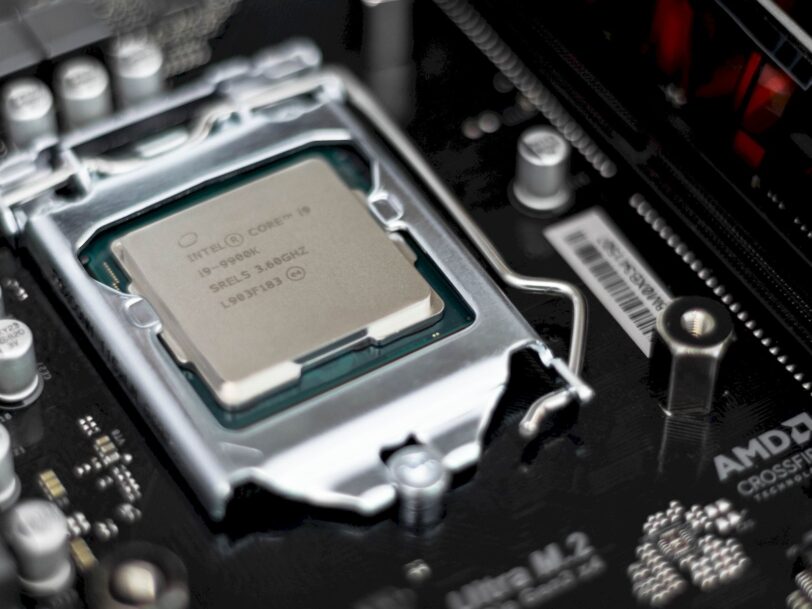How to check CPU power consumption?

If you want to know what the consumption of your microprocessor is, here we are going to show you how to calculate the consumption of a CPU in a simple way and explained step by step.
There are many misconceptions about this, and many doubts on the net. Here you will be able to dispel all those doubts and really know what the consumption produced by this specific chip means in your electricity bill.
1. Look at the TDP
One of the methods to be able to know what is the consumption of a CPU is simply to look at the TDP. This is what most users do, and you can see it both in the software, on the manufacturer’s website, or in the specifications of the box or the store where you bought the CPU. For example, we can have an AMD Ryzen with a 65W TDP, and we already know what the consumption would be…
But beware, this is not entirely true. Also, keep in mind that the microprocessor is not constantly working at peak performance, so the watts consumed will be below that in most cases, unless you have a heavy workload and the CPU is running. to 100%.
2. How to calculate the consumption of a CPU
The power consumption of a central processing unit (CPU), also called power, is determined by a formula that considers various elements. Here is a generic formula to calculate the power consumption of a CPU:
- Voltage: refers to the operating voltage of the CPU, which is typically expressed in volts (V). This value indicates the electrical potential difference applied to the CPU for its proper operation.
- Capacity: it is the capacity of the CPU chip necessary to carry out the state changes of the transistors during each clock cycle. It is measured in units of Farads (F).
- Frequency: The frequency of the CPU indicates the speed at which it works, measured in cycles per second or hertz (Hz).
It is important to note that the formula mentioned above is a simplification, and that the actual power consumption of a CPU can be affected by several additional factors, such as workload, clock frequency, temperature, and other specific design elements. of the cpu. As you know, dynamic scaling is a technique used to adapt power consumption based on the changing needs of the CPU.
In addition, CPU manufacturers may provide specific data on the power consumption of their products for marketing purposes or to highlight their superiority compared to the competition. You can find detailed information in articles or communications provided by the manufacturers.
3. Check energy consumption in real time via apps
There are various tools available that allow you to easily calculate the power consumption of your CPU in a convenient way. Some recommended options are Open Hardware Monitor, HWMonitor, and HWiNFO:
- Open Hardware Monitor is free and open source software that provides detailed information about your computer’s temperature, fan speed, power consumption, and other relevant data. To get your CPU power consumption using Open Hardware Monitor, follow these steps: Download the software from its official website and open it. Then, look for the section corresponding to the CPU and locate the section called “Powers”. The value labeled “CPU Pack” represents the power consumption of the CPU.
- HWMonitor, for its part, has an interface similar to that of Open Hardware Monitor. You can check the power consumption of your CPU by following similar steps. Open HWMonitor, search for your CPU name and go to the “Powers” section to get information about power consumption.
- HWiNFO is an application that offers a more complete and detailed detection of the main hardware components of your computer. It is especially useful for those who need to monitor hardware data. With HWiNFO, you can know both the TDP (Thermal Design Power) and the real-time power consumption of your CPU. The TDP is displayed in the “System Summary” module, while the real-time power consumption of the CPU is in the “Sensors” module. When opening HWiNFO, select “Sensors” and find the CPU section, where you will find “CPU Package Power Consumption”.